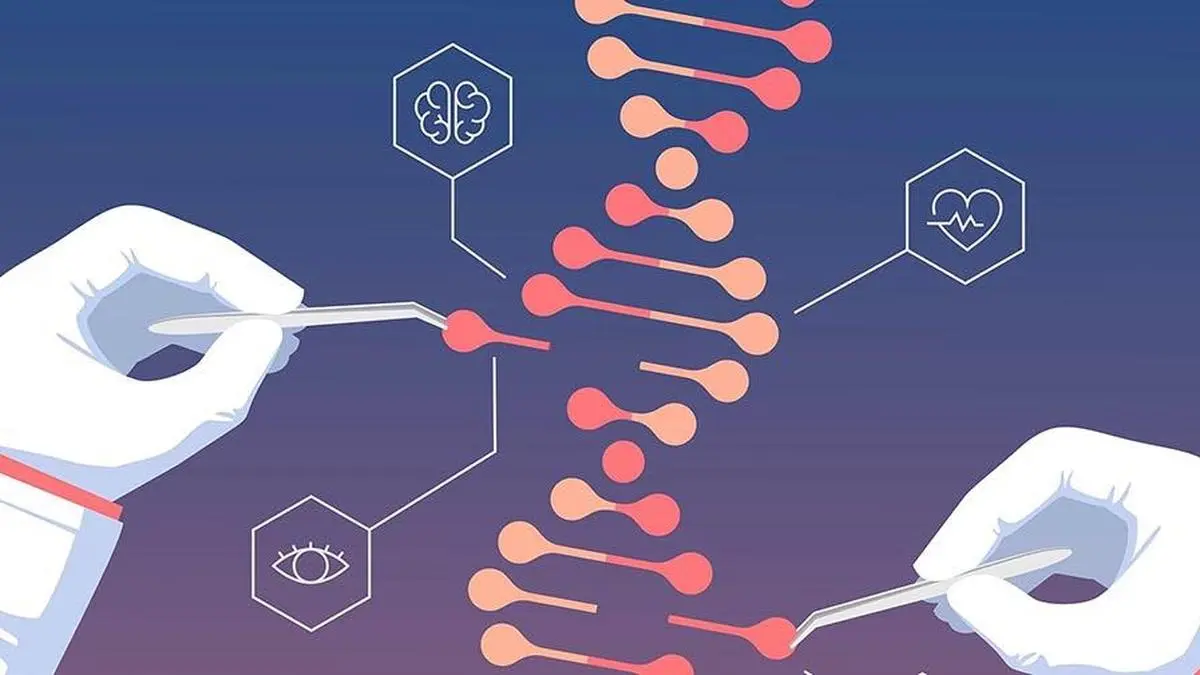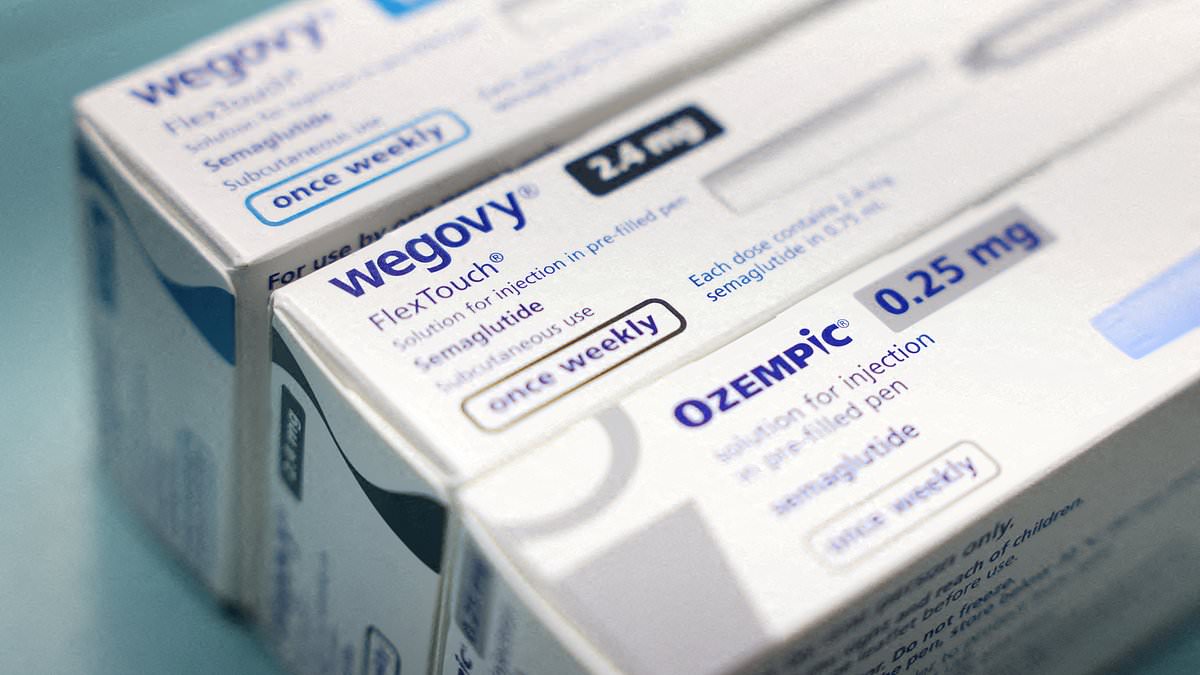Copyright thehindubusinessline

Gujarat has emerged as the first State in India to launch a large-scale genome sequencing project specifically focused on tribal communities, stated the State government in an official release on Saturday. Led by the Gujarat Biotechnology Research Centre (GBRC), the effort is part of a visionary plan to decode the genetic blueprint of tribal groups and develop targeted diagnostics, treatment strategies and long-term preventive care, it added. Gujarat’s tribal population has long faced a higher incidence of inherited conditions such as thalassemia and sickle cell anaemia. Many of these disorders remain undetected until late stages, when treatment becomes more complicated. With genome sequencing, scientists can trace mutations, create low-cost diagnostic panels and provide prenatal or even embryo-level testing during IVF procedures. The project, operating under the broader Genome India initiative, aims to understand the increasing prevalence of genetic disorders among tribal populations — a trend often linked to endogamous marriages and limited genetic diversity. By collecting DNA samples across 31 tribal communities in 11 districts of Gujarat, researchers are building a reference database that could redefine how genetic conditions are diagnosed and managed in these groups, the release added. In the financial year 2025–26, the Gujarat government approved the “Creation of Reference Genome Database for Tribal Population” project to build a comprehensive genomic database and bridge existing data gaps and pooling up with Genome India Project initiated and completed by Department of Biotechnology, Government of India. This project enables detailed genetic insights, helping detect diseases, address health issues like malnutrition and anaemia, and allow early diagnosis of genetic disorders such as Sickle Cell Anaemia and G6PD deficiency. Research on diet, nutrition and immunity will be possible, making treatment easier through Precision Medicine and enabling the identification of local-level genetic mutations. For example, if both parents carry 1 mutated copy of beta globin gene (called as carrier) responsible for sickle cell disease, there is 25 per cent chance that a child will carry both copy of mutated beta globin gene which results in development of sickle cell disease . Genome mapping can identify such carriers and enable early counseling or preventive measures. In turn, this enables community-specific, DNA-based panels costing as little as ₹1,000–1,500, in contrast to whole genome sequencing which can cost ₹1 lakh per sample or for exome specific sequencing which cost roughly ₹18 – 20 thousand per sample. The GBRC operates three genome sequencing platforms, including a long-read sequencer that analyses 5,000–10,000 base pairs — crucial for resolving complex mutations. These platforms, inaugurated by Chief Minister Shri Bhupendra Patel, were originally deployed to combat Covid-19 but have now been adapted for broader genomic research. In terms of scale, Gujarat is able to sequence 25 to 50 genomes per run, with turnaround times ranging from 48 to 72 hours. By negotiating costs and investing in local infrastructure, the GBRC has reduced per-sample expenses from ₹85,000 to around ₹60,000, the release added. Published on November 8, 2025



